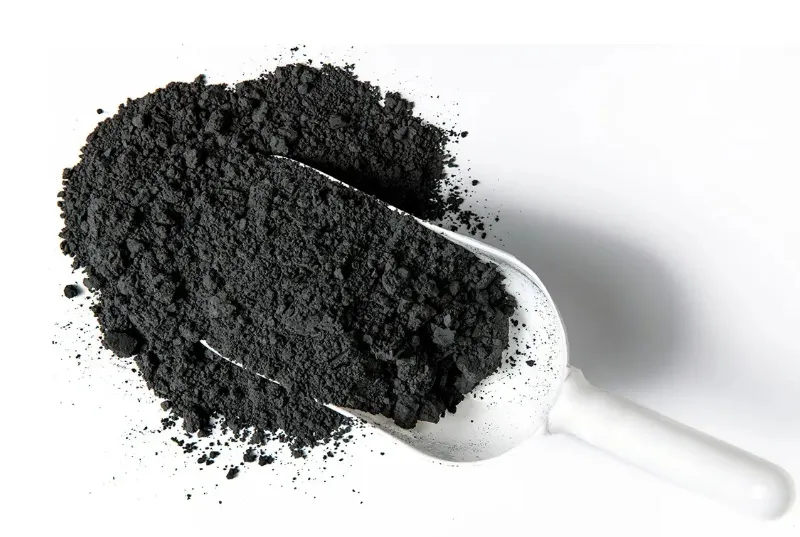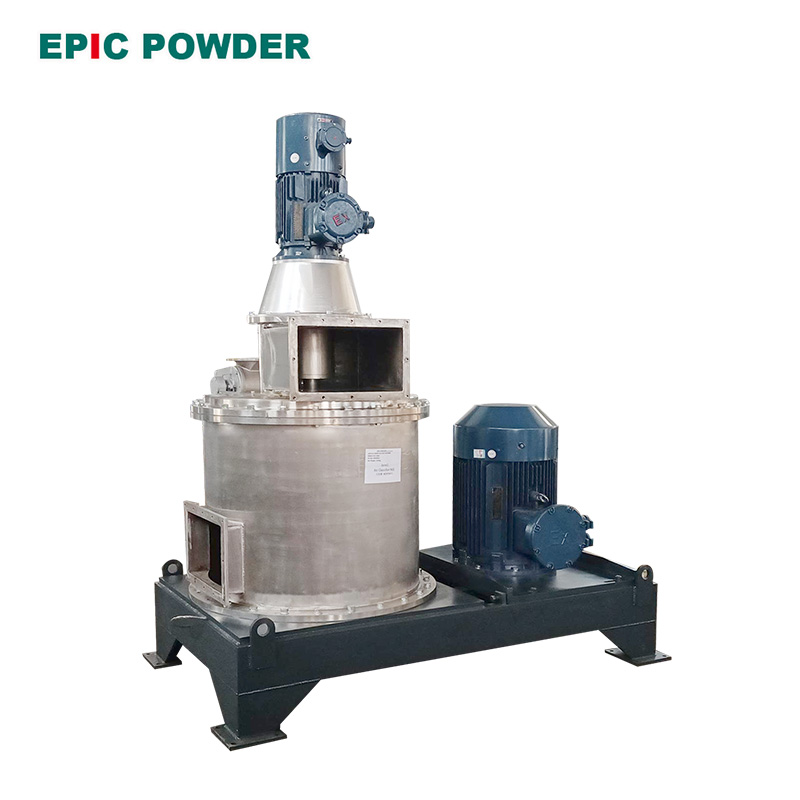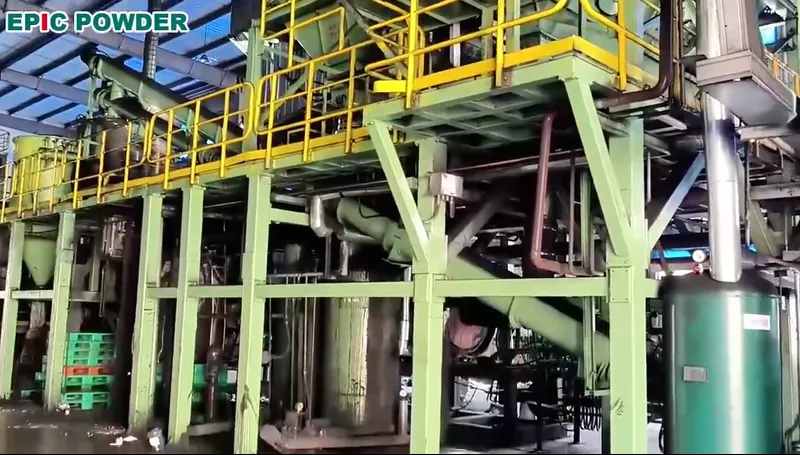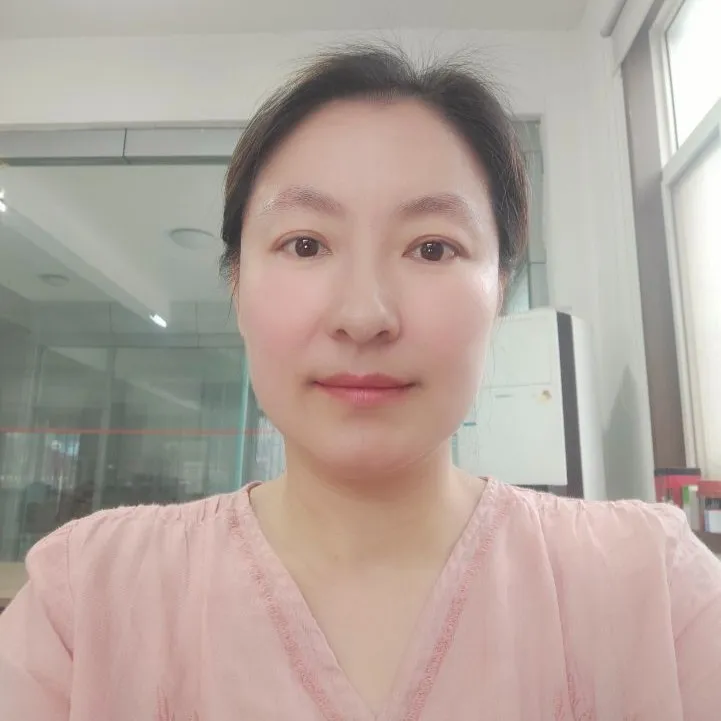Q:What Is Pyrolysis Carbon Black?
Pyrolysis carbon black (commonly referred to as PCB, Pyro-CB, or rCB) is the solid carbon black product obtained from the pyrolysis of waste tires, waste rubber, or other carbon-rich polymer materials.
During pyrolysis (typically at 450–900°C under oxygen-deficient or low-oxygen conditions), the industrial carbon black originally present in tires (such as N330, N660, etc.) is thermally decomposed. The resulting product is carbon black whose surface is coated with pyrolysis oil, tar, polycyclic aromatic hydrocarbons (PAHs), and other organics, while the ash content (ZnO, SiO₂, sulfides, etc.) becomes significantly higher—hence the name “secondary carbon black.”

Q:What Are the Differences Between Virgin Carbon Black and Pyrolysis Carbon Black?
| Item | Virgin Carbon Black (VCB) | Pyrolysis Carbon Black (rCB) |
|---|---|---|
| Source | Incomplete combustion of petroleum/natural gas | By-product of waste-tire pyrolysis |
| Ash | <0.5% | 10–20% (or even higher) |
| Volatile matter | <1.5% | 3–15% (residual tar, PAHs) |
| Surface area | 30–120 m²/g depending on grade | Similar originally, but reduced due to deposited residues |
| Surface activity | High | Lower (requires post-treatment activation) |
| PAHs | Very low | Higher (Benzo[a]pyrene may reach ppm levels) |
| Price | 8,000–15,000 RMB/ton | 2,000–5,000 RMB/ton (6,000+ after refinement) |
Q:What Are the Main Applications of rCB?
- Low-end: Fuel (calorific value 28–32 MJ/kg), cement kiln co-processing
- Mid-range: Rubber filler (semi-reinforcing, replacing N550/N660), plastic masterbatches, color masterbatches
- High-end (after refinement): Tire tread compounds, conveyor belt cover rubber, high-performance rubber products; partial replacement for N234, N339, etc.
Q: Why Is Raw Pyrolysis Carbon Black Poor in Reinforcement Performance?
Because:
- The surface is covered by amorphous carbon, tar, and PAHs, reducing chemical bonding sites with rubber.
- High ash content (especially ZnO, SiO₂) leads to loose structure and poor dispersibility.
- Wide particle size distribution; aggregates are damaged or re-agglomerated.
Q: What Are the Main Refining/Modification Technologies for rCB?

1. High-temperature devolatilization (secondary heat treatment):
800–1100°C rotary kiln or fluidized bed removes surface tar and most PAHs; the fundamental refinement step.
2.Ultrafine grinding + precision air classifier :
The pyrolysis carbon black is pulverized to d50 = 2.5–4.5 μm and d97 ≤ 10–15 μm using an air classifier mill, while precisely removing coarse ash particles and agglomerates.
Results:
- Surface area increases 15–40% (e.g., from 50–60 m²/g to 80–110 m²/g)
- DBP oil absorption increases 20–40 ×10⁻⁵ m³/kg
- Dispersibility improves significantly; Mooney viscosity decreases 8–15 MU
- Ash content reduced from 16% to 11–13% (mechanical de-ashing)
3.Acid washing de-ashing: HCl/H₂SO₄ removes ZnO, CaCO₃, etc.; ash can drop to <5%.
4.Oxidative modification: HNO₃, H₂O₂, ozone introduce oxygen-containing groups to enhance surface activity.
5.Plasma/microwave modification: Rapid PAH removal; highly efficient but costly.
6.Wet granulation + surface coating: Silane coupling agents such as Si69, A-189 to improve rubber compatibility.
7.Vacuum continuous pyrolysis + inline devolatilization: Front-end process upgrades.
Q: Will Pyrolysis Carbon Black Completely Replace Virgin Carbon Black?
No—but it will become a major supplement.
By 2030:
- Global tire-grade carbon black demand ≈ 18 million tons
- Recovered carbon black (rCB) supply: 1.5–2 million tons, or 8–11%
- EU “Sustainable Tire” policies may mandate 5–10% rCB content

Q: What Are the Main Challenges Facing the rCB Industry?
Although rCB has environmental and economic advantages, industrialization still faces hurdles:
- Performance consistency:
Variation in waste-tire feedstock leads to unstable quality (particle size, structure, surface area). - High ash and sulfur content:
Inorganic residues (ZnO, SiO₂, sulfur compounds) limit use in high-performance applications. - Market acceptance:
Rubber and tire industries require long certification cycles; market trust is still developing.
Q: How Can Ordinary Users Judge the Quality of rCB?
Look at five key indicators (preferably via third-party testing):
- Ash (550°C): ≤10% (the lower the better)
- Loss on heating (950°C): ≤2%
- Total 16 PAHs: ≤200 ppm (for tire-grade applications)
- DBP absorption: ≥90 ×10⁻⁵ m³/kg (structure retained)
- BET surface area: ≥80 m²/g (≥100 m²/g for high-end grades)
Pyrolysis carbon black is rapidly evolving from “waste-to-value” into a green, high-performance reinforcing material. The key lies in advanced post-processing technology and regulatory compliance. The next five years will be a golden period for industry reshuffling and quality breakthroughs.

“Thanks for reading. I hope my article helps. Please leave a comment down below. You may also contact Zelda online customer representative for any further inquiries.”
— Posted by Emily Chen
